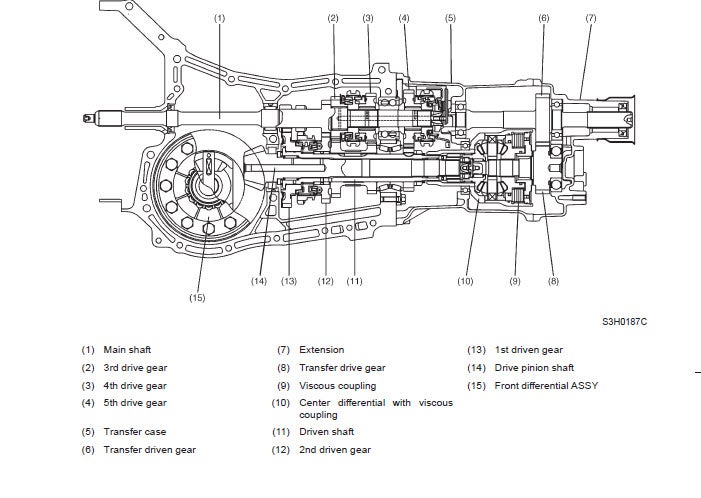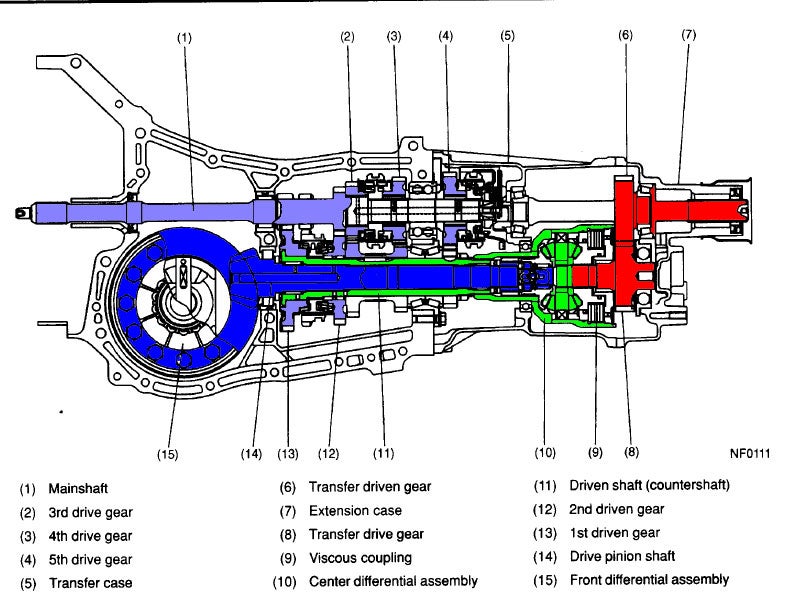For my Discovery, I have a full systems diagnostic doodad that allows my to log and graph the ABS sensor feedback, straight to my smartphone or tablet. This would be handy for providing information on wheel speeds front and back, under heavy braking. Sadly this very clever doodad won't work on the Freelander 1. It doesn't even recognise it's in the data port, so I can't test it myself.
Yeah, to be honest I don't think it's something that you'll ever really see in 99.99% of cases though - which I think is what hippo might have been getting at.
The brakes on a freelander are actually pretty good and most of us drive them fairly respectfully (sometimes out of lack of choice, we don't like being seasick.)
To get the effect I was describing you need special circumstances - like mud on the road, a patch of ice or snow under low braking force.
On snow it'd be a pretty cool thing to try and see the effect of - if we get any this year I may attempt it in the works car park and see what happens.
My example mainly centres around the idea of when you're driving on snow for example? You tend to trundle about slowly at 20 mph and only ever apply the brakes at what, 20%?
In a normal FWD car it'll quite frequently lock up one or both of the front wheels as you hit slippery/compacted snow even though you're only braking lightly.
(If we assume that the freelander has a standard 60/40 bias on the brakes, if you apply 20% brake force to the pedal you get 12% to the front wheels and 8% to the rear wheels - a 50% difference which is enough on loose surfaces to easily break the front wheels away in low traction scenarios without locking the back up. I accept this is a rare scenario, it's purely as an example. It's also massively more common if you're offroading on wet mud.)
In a freelander it's my theory (and the PDF sae paper alludes to it) that something special happens at this point - the VCU will
try to stop differences in wheel rotations which will either redistribute the low braking force from that wheel to the other three wheels and attempt to keep it spinning. The whole point of the VCU was to keep both axles spinning at the same (or similar) speed under acceleration, but a knock on effect of that is that it also applies under deceleration.
In real world daily driving, you won't notice any effect as the point of sticktion on the tyres is VERY high on tarmac, so the braking forces involved generally mean when you go to lock up the front wheels you REALLY mean it - and the rear wheels are milliseconds behind in locking up (unless you have ABS etc etc.) I'd love to see the scenario involved where you mentioned that you've had the front wheels locked - the paper linked previously talked about "sausages" of viscous fluid forming and rolling between the plates. I wonder if this happens in the VCU?



